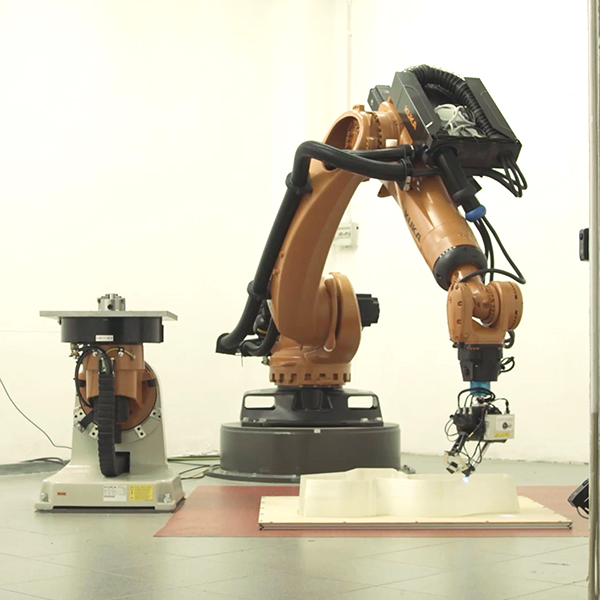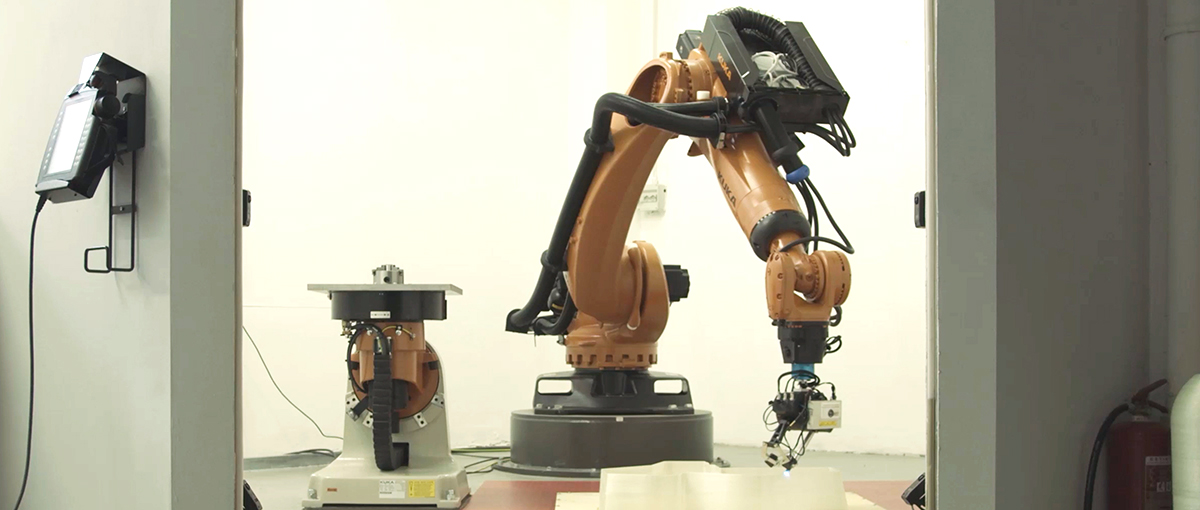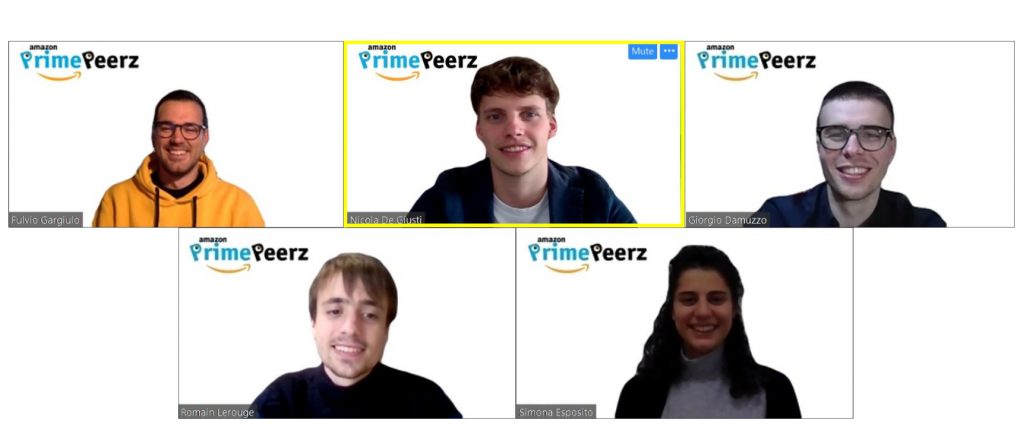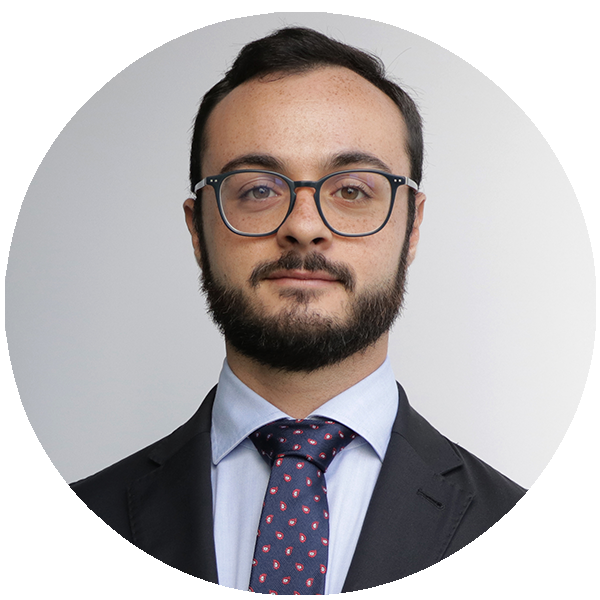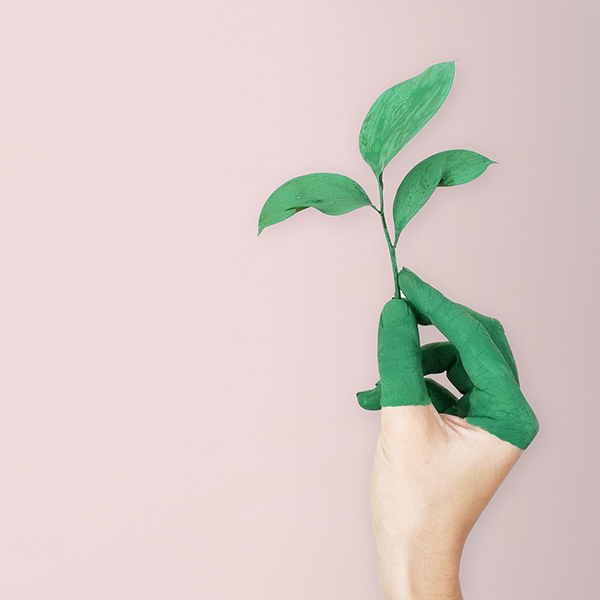
Food supply chains garner public attention for sustainability; traceability is one of the possible solutions, but is it always the case?
Verónica León-Bravo, Assistant Professor, School of Management, Politecnico di Milano
Sustainability in the food industry has recently gained a great deal of attention, as this sector faces several challenges regarding scarce natural resources to be preserved, attention to consumer’s health and safety, communities’ economic development around the world, food and packaging waste, land and water consumption, and unfair trade relationships. Moreover, consumers today opt for food that is not only tasty and nutritious, but also of high quality, grown responsibly and with specific characteristics or origin, which in turn calls for better and more efficient traceability. Consequently, food companies are developing varied initiatives, assessment policies, standards, traceability systems and reporting tools with sustainability purposes.
During the current health world emergency, food chains are also struggling with menaces on their products’ health and safety. As is the case of a few Brazilian poultry exporters who were suspended by China in July 2020 due to concerns about possible Covid-19 contamination in the containers. China established certain restrictions and newer or different certification requirements for food products coming from several countries, with the aim of avoiding a new outbreak, although no evidence that Covid-19 could be transmitted though food existed. Another case was related to Ecuadorian shrimp exports to China, which were suspended in July 2020 because of similar concerns relating to the containers, though the shrimp and inner packaging tested negative. How can companies in producing countries ensure buyers the quality and, even more critically, the health and safety of their products? Around the world, improved traceability could be the key for supply chain continuity under risky or unexpected situations.
Through its Food Sustainability Lab, the School of Management at the Politecnico di Milano is dedicated to studying the elements shaping and determining the food supply chain efforts to become sustainable, and improve its sustainability; thus, a broad multidisciplinary team is running several research initiatives in this area, given the interest and relevance for the academic community, companies and society at large.
One of the research lines is focused on the traceability systems implemented along the supply chain, in particular for food commodities, such as coffee, that involve actors dispersed around the world. Commodity chains are highly fragmented and long, with many very small producers in low-income countries, and several intermediaries are needed to ensure the product flow from origin to consumption. According to the International Coffee Organization, coffee consumption is steadily growing globally, reaching up to more than 169 million bags in 2019-2020. Producers (exporters) are mainly located in South America, Africa and South-East Asia, with Brazil being responsible for 43% of production. Global consumption registered close 119 million bags in 2019-2020, with the largest importers being the European Union and the United States [1]. Consumers in these markets increasingly demand coffee that is not only safe but also ethical, organic, generates a low carbon footprint, etc., requiring the supply chain to demonstrate traceability throughout the chain.
Traceability systems available in the market are said to help actors in the chain not only to track the product from origin to final consumption, but also to respond to the need for mandatory and voluntary quality standards, certifications of origin, and to create the basis for reporting sustainability-related practices and performance. The benefits of traceability could be spread along food supply chains: for managing risks, maintaining consistency and specific product features, and keeping a chain of custody. In addition, traceability helps to achieve operational efficiencies, increased productivity and reputational benefits.
Nonetheless, traceability requires substantial investments in technology and processes aimed at tracking goods along the supply chain. Cost is still proving to be a difficult barrier to overcome, especially in the initial production phases. Current debate in the literature also questions whether traceability systems are driven only by quality assurance expectations, or are also somehow related to sustainability needs and goals.
The research team at our School involved in this project is composed by Prof. Federico Caniato, Federica Ciccullo, Verónica León-Bravo and Giulia Bartezzaghi. Currently, we investigate the traceability systems implemented in the coffee supply chain, providing a taxonomy of solutions and characterizing how these systems are applied, in terms of technological display, information width and depth, as well as considering their relationship with sustainable value creation. The analysis of the case studies (including different stages in the chain, located in different geographical regions) revealed how the implementation of traceability systems along the coffee supply chain could be influenced by the targeted information width and depth, along with the supply chain tier, country of origin or company technological capabilities. On the other hand, it is observed that the link between traceability and sustainability, especially for coffee roasters, might be influenced by two main contingencies: volumes purchased and product type. Indeed, one of the companies being studied explained that dealing with large volumes makes it impossible to trace all the details up to the producer, especially for non-certified products. On the other hand, another company, using advanced technology for traceability, highlighted the precise information they are able to register and communicate while buying smaller lots from certified coffee producers. Besides, we found traceability and sustainability to be disconnected when they are both implemented but managed separately and not aligned. Whereas, traceability and sustainability can be synergistic when both followed a common strategy and are consistent with each other, i.e., the level of detail in the traceability system corresponds to the scope of sustainability practices.
Maintaining consistency and keeping a chain of evidence (e.g., benefits of traceability) are efforts incurred during the current health crisis as companies worked hard to apply newer and stricter safety measures that needed to be shown to international buyers. For instance, the Brazilian Ministry of Health and the slaughterhouses affected by the Chinese restrictions are working to reverse the bans and started testing the cargoes with the aim of demonstrating to buyers that the food is not only sanitized in the plants, but also before transportation. Similarly, Ecuador improved shipping protocols and applied the required quality standards, allowing shrimp exports to China to be resumed in August 2020. These two examples also show that different actors in the supply chain need to work together to apply health and safety measures, that in turn need to be demonstrated to the downstream actors, thereby ensuring traceability and transparency along the supply chain.
There is no doubt that adopting traceability could bring varied benefits to companies in the food supply chain, but for improving sustainability, it might not be enough. Sustainability in food supply chains needs attention from varied angles. Traceability implementation in a commodity supply chain is one of the projects currently being developed at our School. Other research projects in place are observing different food supply chain configurations, such as short supply chains, and their implications for sustainability; or analyzing the added value of information obtained in the assessment for sustainability with a supply chain-wide perspective.
Managing sustainability along food supply chains is still a work in progress that requires multi-tier involvement for reducing ‘distances’, reaching common understandings and better performances; and thus, achieving food security, improved nutrition and sustainable agriculture as called for by the United Nations Sustainable Development Goals.
___________________________
[1] http://www.ico.org/prices/new-consumption-table.pdf










